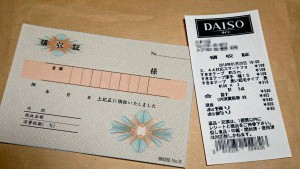- Home
- What are the typical uses of concrete?
What are the typical uses of concrete?
Asphalt is an even more accommodating material than concrete, https://www.linkedin.com making it a better choice for places that are prone to cracking. Additionally, asphalt is the ideal option for places that receive a lot of site traffic, since it is able to stand up to the weight of heavy vehicles. Concrete is integrated into many buildings we occupy and infrastructure we depend upon on a daily basis. This versatile materials unique combination of power, durability, minimal maintenance and affordability makes it integral to modern construction across huge applications at scales from very small components to tall buildings to intensive networks of bridges and highways.
So when you set about the day of yours, have a few minutes to look at and value how omnipresent and important concrete is for the human environments we inhabit. The material’s ability to support vertical loads and offer fire resistance makes it a staple in the construction of high rise buildings. Skyscrapers, residential homes, along with commercial structures all profit away from the power and versatility of concrete. Concrete is not just restricted to the ground it reaches for the sky in the kind of buildings.
And those big warehouses having their cavernous spaces? They guard the merchandise, by having their heavy and indestructible walls. Parking beams stack cars similar to Tetris blocks, their concrete a lot of supporting holding metal. Nevertheless, seawalls defy the relentless ocean, protecting coastal communities from its salty embrace. Landslides can be avoided by building retaining walls, which prevent the earth from slipping. They tend to be silent guardians of the mountains.
The stability of any framework, whether it is a home, or bridge, skyscraper, depends on a great foundation. When you think of concrete, foundations most likely come to mind first. Concrete foundations provide the necessary power and durability to help support the weight above ground. Embossed, stained, or polished, it graces our countertops, driveways, and patios. Between these two will be concrete pavers that create intricate patterns while the exposed aggregate creates texture.
Decorative Concrete: Beyond functionality, concrete dons conceals. Mortar would be the base material used in the putting on concrete and mortar. Polymers and also emulsifiers are employed in cold mix asphalt to get a strong surface. Mortar is a mixture of stone aggregate, cement and drinking water which can be used for brickwork and masonry. In mortar, the cement plays a vital role and it is typically blended with various proportions of water. Various percentages of cement and drinking water are recommended according to the type of the building as well as the products to be designed.
Typical types of mortar include: Nonetheless, stadiums roar with the collective energy of their supporters, their concrete levels echoes victory and defeat. swimming Pools and Stadiums: Our leisurely laps surrounding the concrete pool, whose cool surfaces are perfect for the hot summer days.











